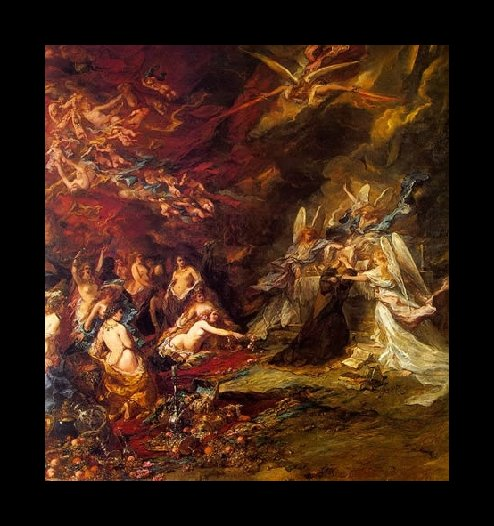“Impressionists by the Sea”, the title of a new exhibition in the Sackler Wing of Galleries at the Royal Academy, has a breezily opportunistic ring to it. A cynic might suspect London’s most venerable art institution of sacrificing its integrity for profit. How could this be anything other than an embarrasingly naked attempt to squeeze just one more blockbuster show – with attendant sales of books and postcards and groaning shelves full of Monet-accessorised consumer durables – from the ever-popular Impressionist movement?
In defiance of such suspicions, this turns out to be an engaging and fastidiously selected exhibition, driven by a strong sense of curatorial purpose. The brainchild of John House, one of the world’s leading experts on Impressionism in general, and Monet in particular, it explores the invigorating revival in marine painting that took place in France during the second half of the nineteenth century. The focus is exclusively on depictions of the coast of Normandy. All in all about seventy pictures, including some breathtaking loans from French and American museums, are on display. They are few enough and sufficiently varied to avert the potential monotony of a merely anthological trawl through the waters of Impressionist beach painting. In fact, many of them – and arguably some of the best – are by painters never officially associated with Impressionism.
The exhibition begins with a dramatically dark and windswept seascape by Eugene Isabey. Painted in 1861, the picture is a nakedly romantic tribute to the heroism of those in peril on the sea. Whipped by wind and rain, four men in sou’westers strain like a tug-of-war team to heave their beached lobster-boat off a storm-tossed sandbank. The spume of the sea foams about them, thick as cream, while seagulls wheel against clouds of gunmetal grey. For...


